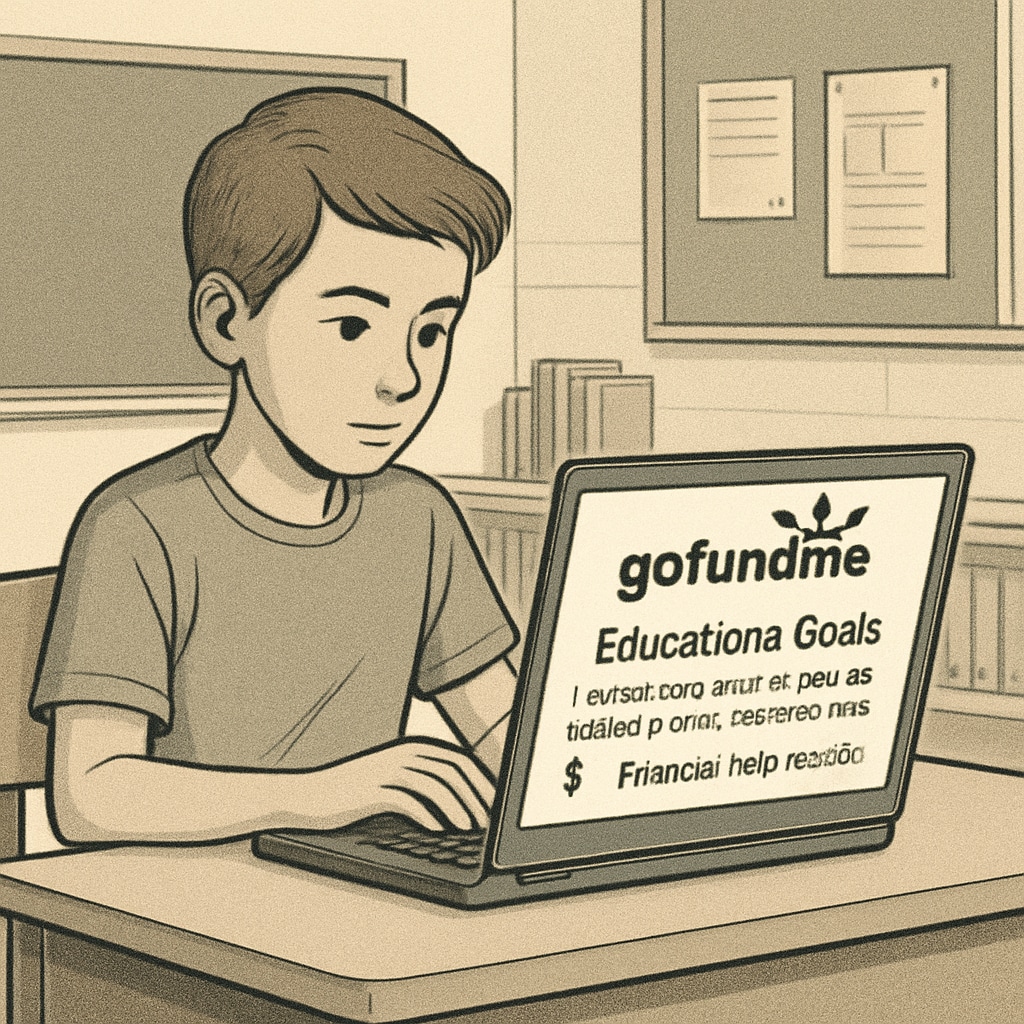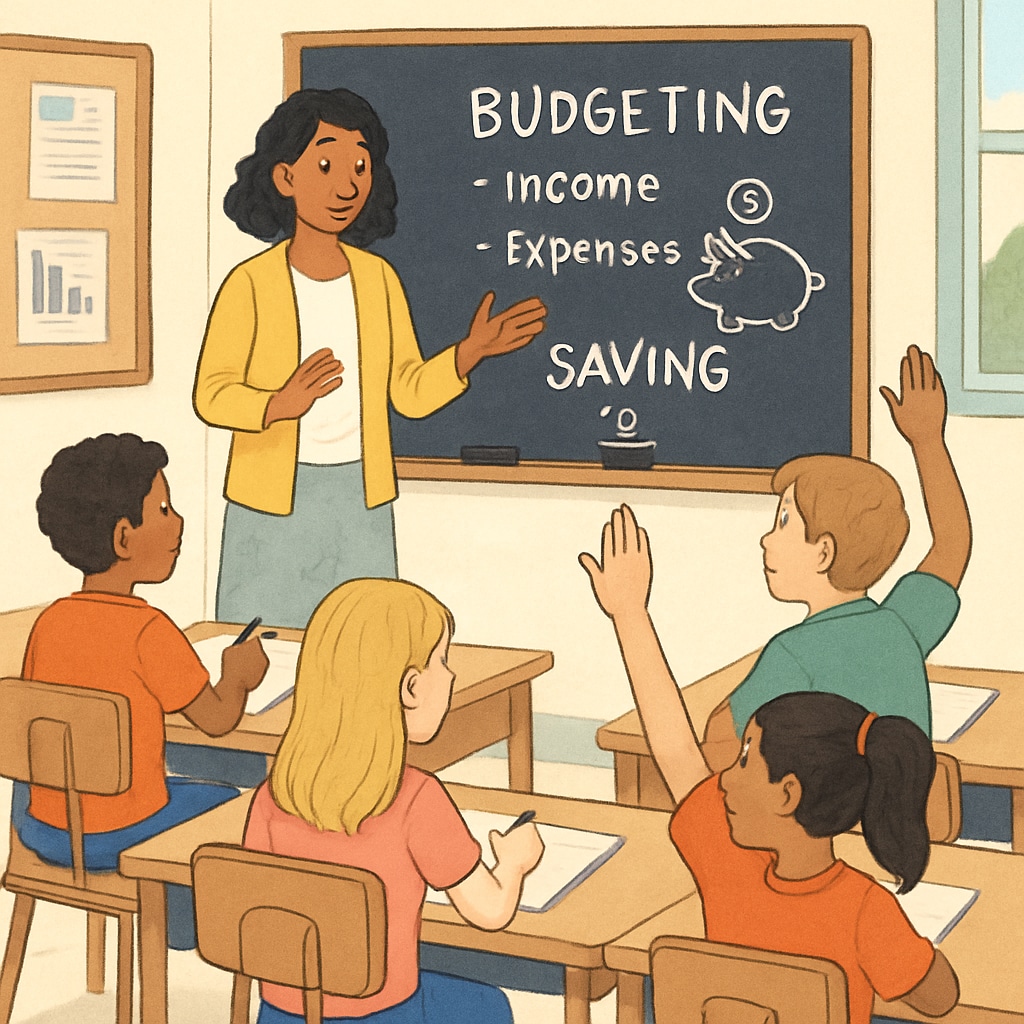Rising university tuition costs have left many students facing financial hardship, leading them to pursue alternative solutions like crowdfunding on platforms such as GoFundMe. For economically disadvantaged students, especially those aspiring to careers in medicine or other expensive fields, this approach can provide a lifeline. However, the reliance on crowdfunding highlights the need for proactive measures during the K12 years to prepare students for future financial independence and resilience.
Why Crowdfunding is Emerging as a Solution
In recent years, the escalating cost of higher education has become a pressing issue worldwide. For instance, according to Britannica’s overview of higher education, tuition fees in the United States have far outpaced inflation, placing a significant financial burden on students and families. This trend has forced many students to turn to crowdfunding platforms like GoFundMe, where they can share their stories and seek financial support from their communities and even strangers.
The popularity of crowdfunding stems from its ability to provide immediate financial relief, especially for students who lack access to traditional loans or scholarships. It also reflects a growing societal acceptance of collaborative financial solutions. However, relying on crowdfunding is not without challenges, as campaigns require storytelling skills, proactive outreach, and a strong network to succeed.

Building Financial Resilience Early: The Role of K12 Education
To reduce the dependency on platforms like GoFundMe, early intervention during the K12 years can play a pivotal role in equipping students with skills to navigate future financial challenges. Financial literacy, resourcefulness, and community-building are three critical pillars that can be integrated into school curricula to prepare students for educational expenses and beyond.
- Financial Literacy: Teaching students about budgeting, saving, and responsible borrowing can empower them to make informed decisions regarding their education. Organizations like Wikipedia’s financial literacy entry emphasize its importance in fostering long-term financial stability.
- Resourcefulness: Encouraging students to explore scholarships, grants, and alternative funding opportunities can help them identify potential solutions to reduce their financial strain.
- Community-Building: Students who cultivate strong social networks are better positioned to succeed in crowdfunding efforts, as they can leverage these connections for support and advocacy.
By embedding these principles into K12 education, schools can cultivate a generation of students who are both financially literate and resourceful, diminishing the need for external financial interventions during their college years.

The Long-Term Impact of Crowdfunding Solutions
While platforms like GoFundMe offer immediate relief, they are not sustainable long-term solutions for tackling systemic issues like rising tuition costs. Crowdfunding campaigns often have varying success rates, leaving some students with unmet financial needs. Moreover, the emotional toll of publicly sharing financial struggles can be significant.
Therefore, addressing the root causes of financial hardship among students requires a multi-faceted approach. Governments, educational institutions, and families must collaborate to make higher education more affordable, while also fostering a culture of financial preparedness. This combination of structural reforms and individual empowerment can help students achieve their academic dreams without facing undue financial stress.
As a result, integrating financial literacy and support systems into K12 education becomes a powerful strategy for mitigating future challenges. By teaching students to manage money effectively, seek resources proactively, and build strong networks, society can create a foundation for financial resilience that extends well into adulthood.
Readability guidance: Use short paragraphs to maintain reader engagement. Lists should summarize key points wherever possible. Overuse of passive voice is avoided, and transitions like “however,” “therefore,” and “for example” are utilized for clarity.


